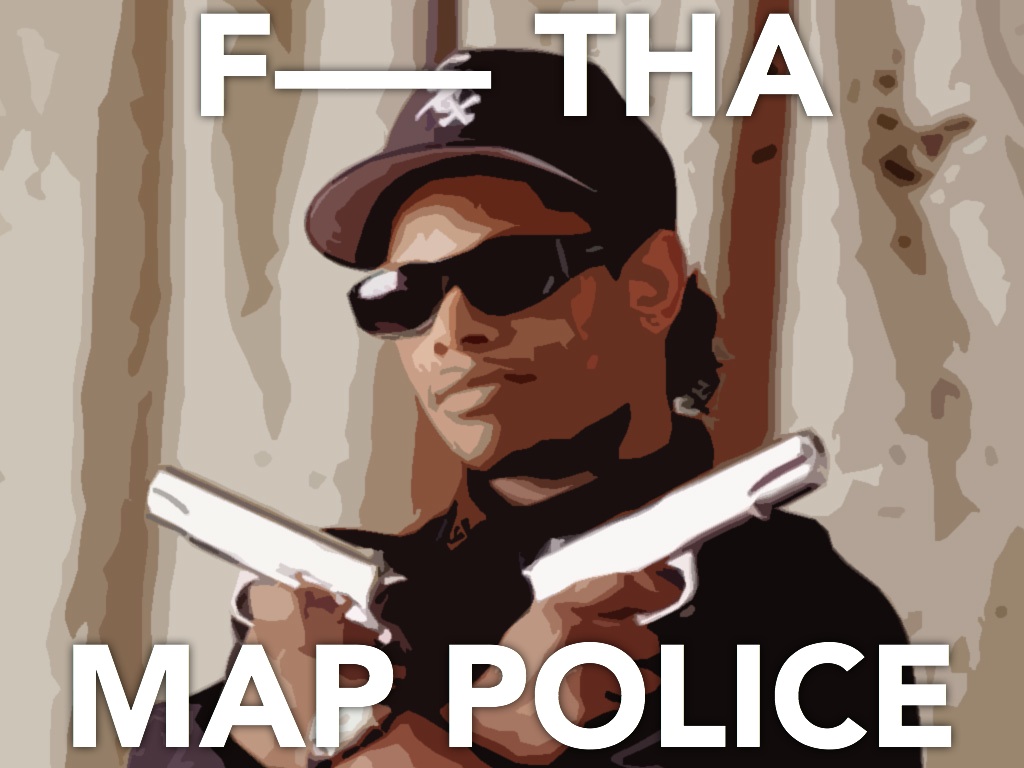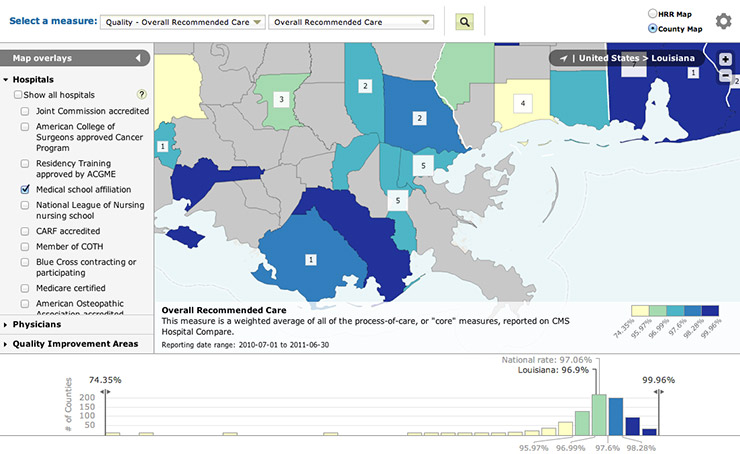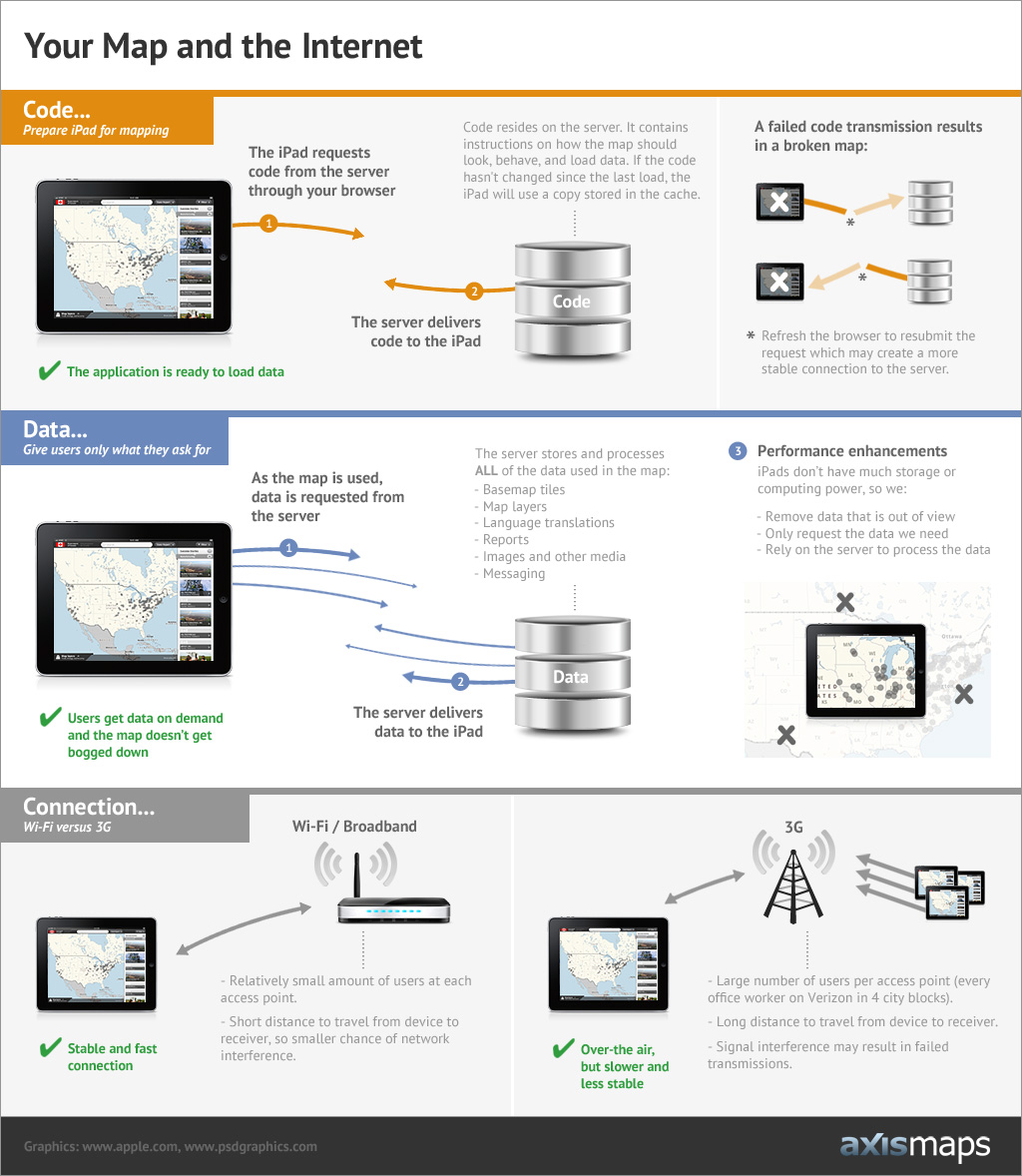In Defense of Bad Maps
Last month at the annual NACIS conference, I gave a presentation called "In Defense of Bad Maps" — an attempt to demonstrate the value of prolific, popular, yet supposedly "bad" cartography on the web; and to propose a small bit of advice on how to approach cartographic sacrifices in the real, professional world.
This was a last-minute submission, not without occasional regret, and as such there are no especially strong arguments here, but my hope the is that the talk provided one or two things to think about as web cartography continues to grow and evolve. Presentation slides have been posted, but as usual they don't mean much without the spoken component. Here's a summarized version.
Read more...



